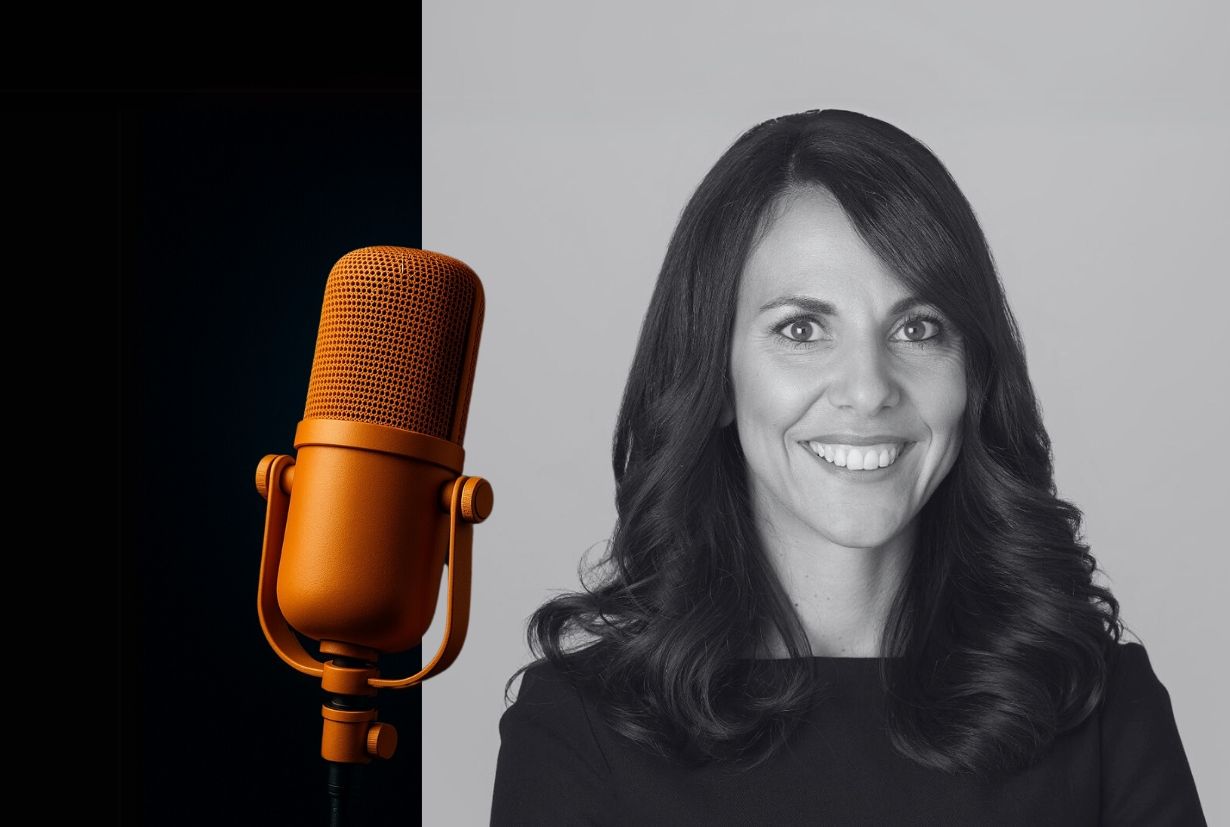Executive Mindset
How Thinking and Attitude Shape Leadership Success

from Dr. Elena D’Cruz
16. April 2025

Expertise, strategic thinking, a strong network – these are the basics. But what makes the real difference when it comes to executive level? In our daily executive search work, one factor consistently stands out: inner attitude – the executive mindset.
This way of thinking distinguishes good leaders from outstanding leadership personalities. It shapes how decisions are made, how change is managed, and how people are led.
Definition: What is "Executive Mindset"?
The term “mindset” comes from psychology. It refers to a person’s basic attitude – in other words, how someone thinks about themselves, others, and challenges. At executive level, mindset is not just a personal trait – it is a strategic factor.
A strong Executive Mindset is characterized by:
- Self-reflection and willingness to learn
- Clarity of thought
- Courage to embrace change rather than fear of losing control
- Empathy without losing focus on results
It is not about "positive thinking", it is about a deeply rooted mindset that enables effective and sustainable leadership.
Fixed vs. Growth Mindset
Carol Dweck, Psychology Professor at Stanford University, distinguishes between two fundamental approaches:
- Fixed Mindset: “I am who I am.” Mistakes are seen as weaknesses, and criticism as an attack.
- Growth Mindset: “I can develop.” Challenges are seen as opportunities, and feedback as a chance to grow.
Especially at the top, the dominating mindset quickly shows: Leaders with a growth mindset evolve themselves and their teams, make better decisions and stay clear-headed even in times of crisis.
Interview with Denise Stuker: 3 Questions, 3 Answers
We spoke with Denise Stuker, Operations Director at Coopers Executive. With years of experience, she knows: Especially at C-level, it is merely about CVs, experience, and titles – rather, it is about how a person thinks, decides, and impacts others.
1) Coopers: Denise, how do you recognize an Executive Mindset? And can you share a concrete example?
Denise Stuker (DS): An executive mindset reveals itself in the subtle nuances of a conversation. How does someone handle ambiguity? How do they respond to critical questions? Do they take ownership or delegate when things get tough? The key is to listen carefully and read between the lines.
An example: For a board-level transformation role in an international industrial company, we had two final candidates. Both were strategically strong, knew the industry, and had extensive leadership experience. However, during the assessment, subtle but important differences emerged:
- Candidate A responded quickly and solution-oriented, but repeatedly avoided tough questions about previous project risks. Feedback situations were handled factually, but distantly.
- Candidate B openly reflected on difficult phases, spoke specifically about conflicts and personal learnings, and demonstrated a clear commitment to leadership development.
- Both were objectively suitable. But only Candidate B convinced with transparency, self-reflection, and a strong learning orientation – a true executive mindset. For our client, this made all the difference: Because those who are set to lead transformation must be willing to transform themselves.
2) Does that mean, that even experienced executives fall into mindset traps?
DS: Yes, indeed. Many stumble over mental patterns without realizing it. This leads to disadvantages in both interviews and professional development. Common patterns include:
- Perfectionism, which blocks bold decisions.
- Loss aversion, which prevents necessary change, including fear of losing power.
- Confirmation bias, which impairs objective judgment
- Fake transparency, where communication is controlled rather than open.
3) What’s your advice for executives to overcome these patterns?
DS: In order to develop a strong, reflective mindset, I recommend three practical approaches:
1. Use 360° feedback as a development tool
Anonymous feedback from team members, peers, and supervisors provides a more honest picture of your impact and reveals areas for growth.
2. Leverage executive coaching as a sparring partner
An external coach offers space for reflection, perspective shifts, and questioning thought patterns without political bias.
3. Cultivate regular self-reflection
Successful executives reflect regularly: What went well? What didn’t? Where did I react rather than lead? Which mindset helped me and which got in my way?
Small rituals like weekly reflections or a personal leadership journal can go a long way.
Thank you, Denise, for your time and insights into Executive Search!
Conclusion: Leadership Starts From Within
What do we learn from this? In a world full of uncertainty, speed, and complexity, expertise and readiness to lead are not enough. Companies need leadership personalities who:
- Don’t just manage change, but embody it.
- Don’t just lead teams, but inspire them.
- Don’t just decide, but take full responsibility.
All that begins with the right mindset, the executive mindset.
Contact us
Curious?
At Coopers Executive, we support companies finding the right personalities. Our executive search process combines experience with in-depth assessments and a deep understanding of leadership.
Get in touch for a personal consultation, no strings attached.
Denise Stuker
+41 41 632 43 53
denise.stuker@coopers.ch



_1.svg)